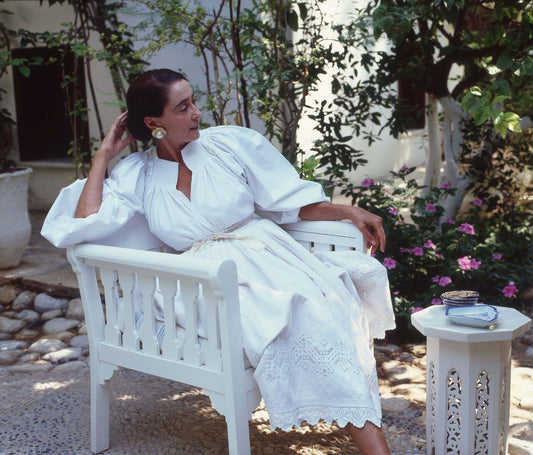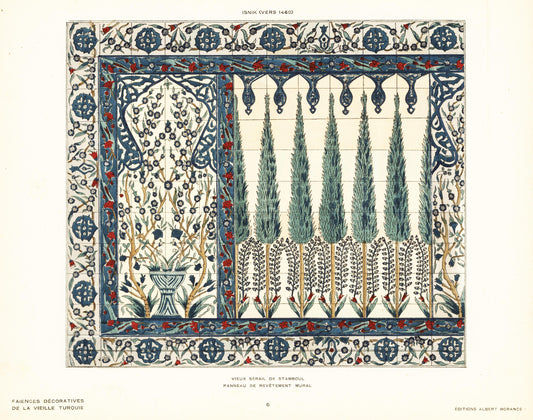Rising up from a sea of sand in the desert flatlands of southern Iraq, stands the impressive Ziggurat of Ur, once the center of trade in ancient Mesopotamia. Traveling from Baghdad on a rickety six-wheel bus, Agatha Christie would have had her first glimpse of the site: white-robed workmen dotting the landscape and a confetti of dirt, sand, and shards swirling around the trenches. These first visions persisted decades later in her memory: “The lure of the past came up to grab me.”
So began Agatha Christie’s love affair with archaeology, the East, and the companion with whom she shared the rest of her life, Sir Max Mallowan. They met on Christie’s first visit to the ancient Sumerian city of Ur, in modern-day Iraq. In March of 1930, their pairing was not conventional; at age 45, Christie was divorced and 15 years Mallowan’s senior.
The fortuitous invitation to Ur was issued by field director Leonard Wooley, whose wife, Katherine, was a fan of Agatha’s detective stories. Wooley charged his young archaeologist assistant, Mallowan, with showing their famous guest around. A site-seeing trip to the nearby city of Nippur turned into a desert adventure – an impromptu swim in their skivvies at a nearby lake, a broken-down vehicle, a marooning, and a night spent in adjoining police cells. All of this advanced the budding courtship between the writer and the archaeologist, partners who shared intrepid, no-fuss attitudes. They were married six months later.
For the next 30 years of her life Agatha lived, traveled, and worked in the East alongside her husband, continuing to produce some of the best-selling novels in history, while making considerable contributions to the field of archaeology.
Christie’s Love Affair with Archaeology
Agatha considered life on her husband’s archaeological expeditions to be a privilege, and also a deep thrill. In her personal memoir, Come, Tell Me How You Live, Agatha writes:
“These autumn days are some of the most perfect I have ever known. We get up early, soon after sunrise, drink hot tea, and eat eggs and start off. It is cold then…the light is lovely – a very faint soft rose softens the browns and greys. From the top of a mound, one looks out over an apparently deserted world. Here, where nowadays only the tribesmen move with their brown tents, was once a busy part of the world. Here were the beginnings of civilization…”
Her daily routine reflected the new diversity of her passions. Agatha spent the early hours of the day focusing on her writing, while afternoons were spent in the field: photographing trenches, cataloging finds, and managing the expedition's accounts. Christie’s photographs of Nimrud – developed in filtered water from the Tigris River – and the reconstruction work she did of 30 wood and ivory writing boards, remain crucial in shaping our understanding of the ancient Neo-Assyrian site.











